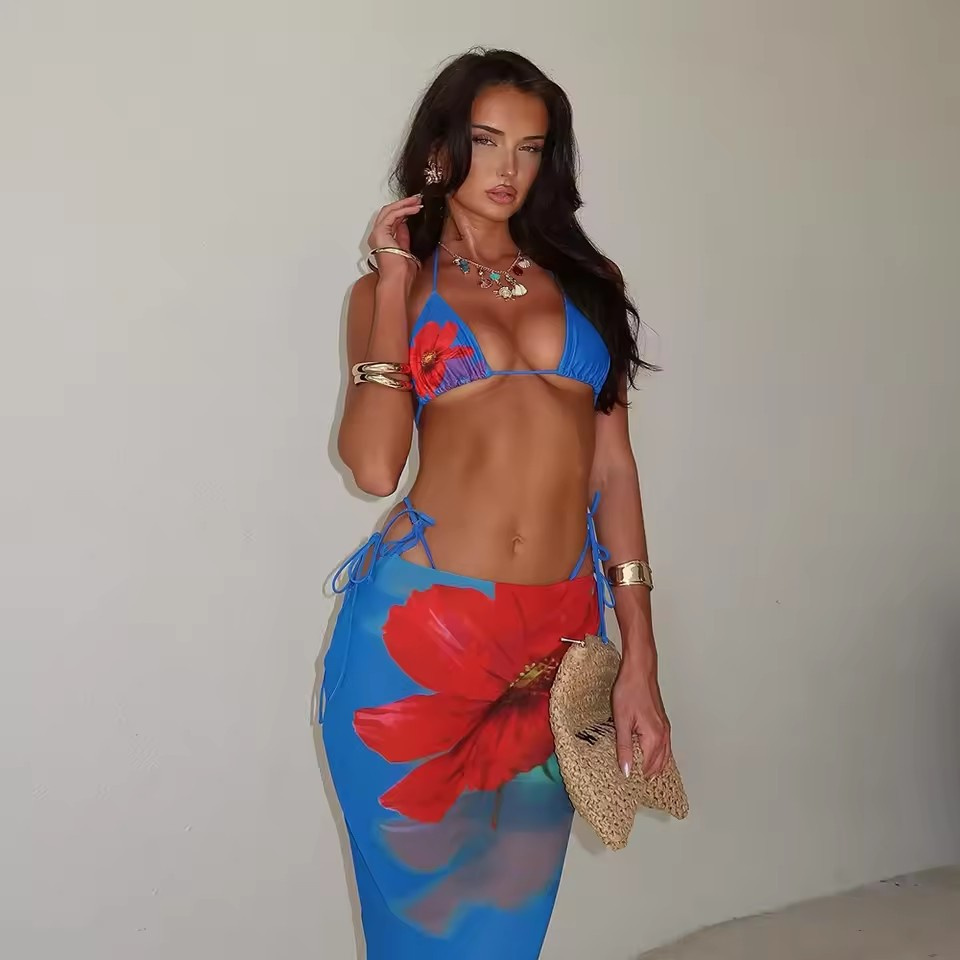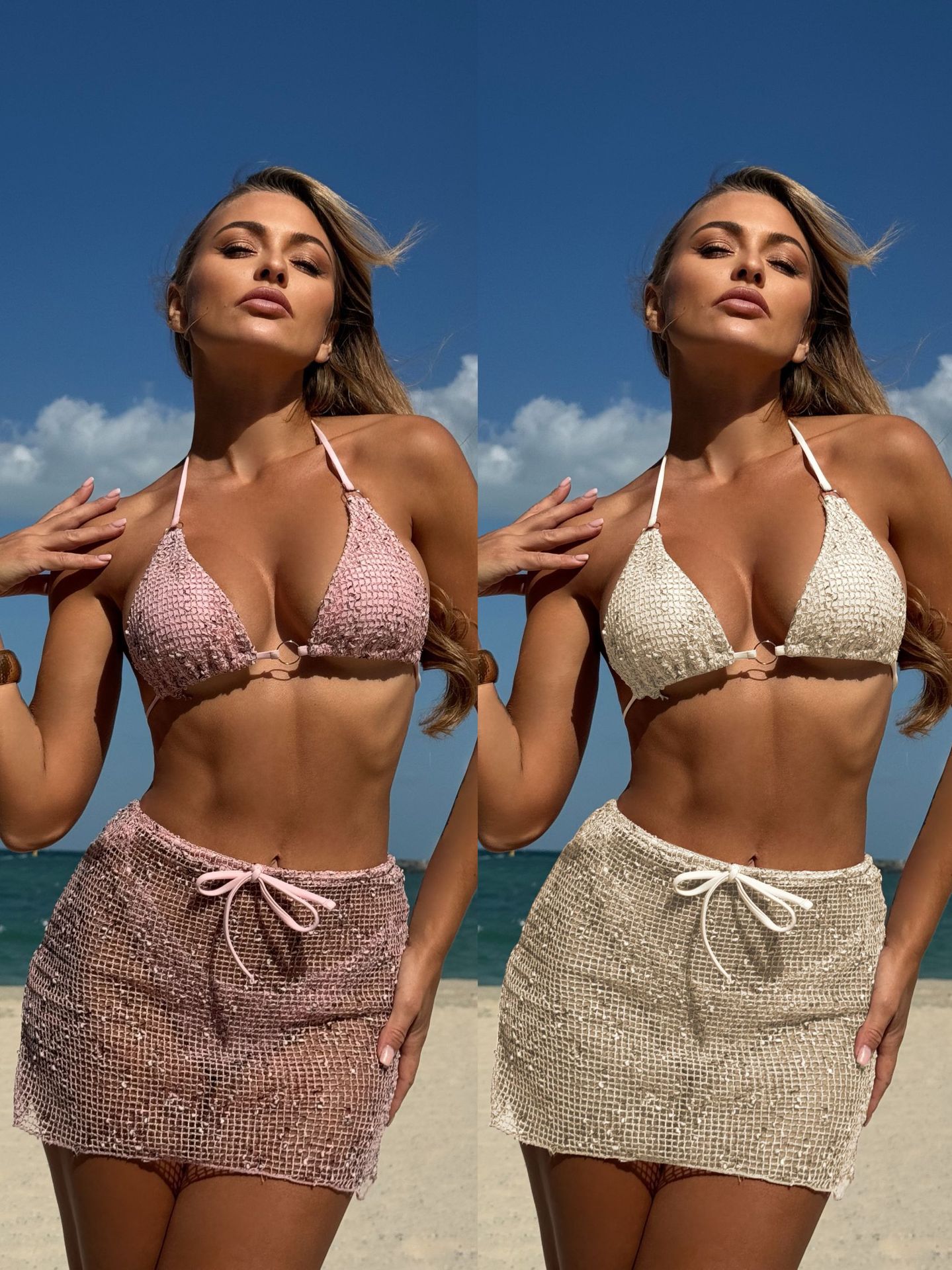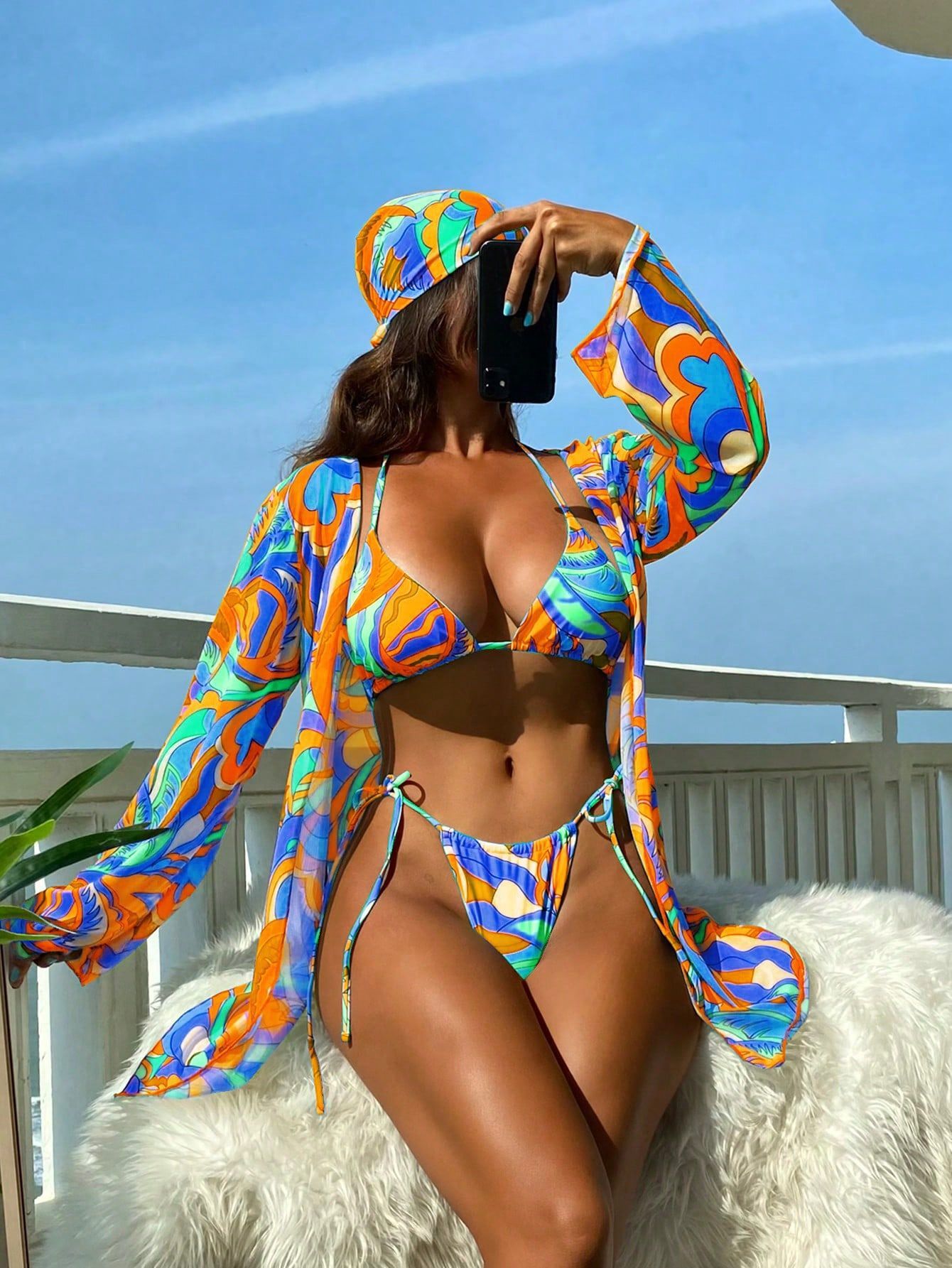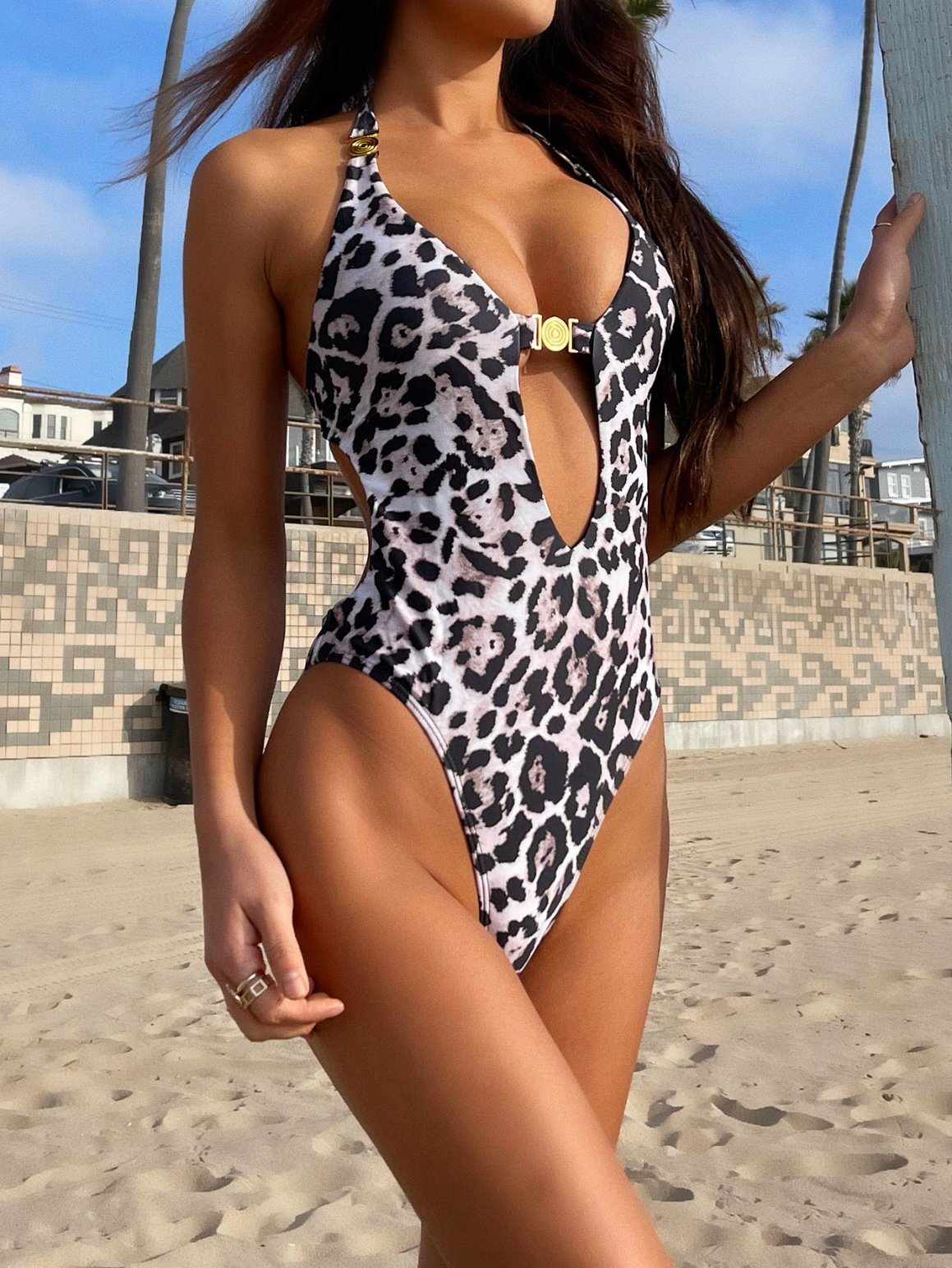The right swimwear collection does more than fill a rack; it generates cash flow. For retailers and distributors, the challenge isn’t just finding bikinis—it’s curating inventory with a proven sales velocity. Brazilian-designed swimwear, particularly in the high-impact dental floss cut and authentic Rio festival color palette, represents a consistently high-margin, fast-turning product category. Understanding the nuances of this niche is the key to unlocking repeat business and maximizing per-customer value.

The Dental Floss Cut: Engineering for Maximum Appeal
The dental floss bikini is not merely a style; it is a technical product designed for a specific market segment. Its commercial success hinges on precise design and construction, factors that directly impact your sell-through rates.
The cut is defined by its ultra-slim sides and back, creating a minimal tan line. This appeals directly to consumers focused on sunbathing and a streamlined aesthetic. For you as a buyer, the critical differentiator is in the support structure. A well-made dental floss bikini will feature:
- Reinforced Tie Closures: Standard strings are insufficient. Look for thicker, braided ties that resist snapping, a common point of failure in cheaper imitations.
- Multi-Layer, Lined Cups: Even for smaller sizes, lined cups prevent transparency when wet and provide essential shape and modesty.
- Precision Elastic: The elastic must be strong enough to hold its shape yet soft enough to avoid digging into the skin. Brazilian manufacturers typically use a specific latex-free rubber core elastic for this purpose.
This construction ensures a premium product that justifies a higher price point and reduces the likelihood of returns due to fit or quality issues. Data from European and North American e-commerce platforms shows that dental floss styles maintain an average full-price sell-through rate of 68%, compared to 45% for more conservative mainstream cuts, making them a strategic asset for inventory health.
The Rio Festival Color Palette: A Data-Driven Approach to Color Selection
Color is not subjective in this market; it is a scientific driver of sales. The Rio festival palette is characterized by high-energy, saturated hues that photograph exceptionally well under bright sunlight and with camera flash. These are not just seasonal colors; they are performance attributes.
The core of this palette includes:
- Vibrant Neon Yellows and Greens: These colors have seen a 112% increase in social media engagement when tagged with #festivalfashion, according to recent trend analytics.
- Metallic Gold and Silver: These shades account for nearly 30% of premium bikini sales during the spring break and major festival season (February-May) in the Northern Hemisphere.
- High-Contrast Animal Prints: Specifically, jaguar and tropical bird patterns continue to outperform basic florals by a margin of 2-to-1 in wholesale re-order rates.
Buying in bulk requires a strategic mix. A balanced initial wholesale order should consist of 50% core neons and metallics, 30% animal prints, and 20% tested best-sellers from the previous season (such as specific shades of fuchsia or royal blue). This mix mitigates risk while capitalizing on proven high-demand trends.
| Color Category | Example Shades | Target Consumer | Peak Sales Season |
|---|---|---|---|
| Core Neons | Electric Lime, Volt Orange | 18-25, Social Media Focused | March – July |
| Metallics | Liquid Gold, Platinum Silver | 21-30, Luxury Resort & Festival | January – April |
| Animal Prints | Jaguar, Tropical Snake | 20-35, Fashion-Forward | All Year (Peak: Dec-Apr) |
| Brazilian Solids | Copacabana Blue, Carnival Green | 25-40, Sophisticated Traveler | November – March |
Strategic Bulk Purchasing for Maximized Margins
The profitability of Brazilian swimwear is directly tied to your bulk purchasing strategy. Placing a single, large order per season is less effective than a tiered, responsive approach.
Initial Sample Order: Before committing to a bulk purchase, a mandatory sample order is non-negotiable. This allows you to verify fabric quality (look for a high spandex content for recovery), stitch durability, and color accuracy against digital swatches.
Mixed Carton Programs: Leading wholesalers offer mixed carton options. This allows you to purchase a full carton (e.g., 72 units) but split it across 4-6 different styles and colors. This strategy is essential for testing new designs without over-investing in a single SKU.
Volume Tier Discounts: Understand the pricing brackets. For example, an order of 1-5 dozen may have one price, while 6-12 dozen unlocks a 15% discount, and 13+ dozen unlocks 25%. Planning your buys to hit these tiers, potentially by consolidating orders with other small retailers, dramatically improves your margin structure. The goal is to achieve a minimum 55% gross margin after factoring in shipping and import duties.
Navigating Logistics: From São Paulo to Your Shelf
The journey of the goods is as important as the goods themselves. A clear understanding of the supply chain prevents costly delays, especially for time-sensitive seasonal merchandise.
Lead Times: Standard production lead time for a customized bulk order is 45-60 days. For in-stock designs, shipping can be arranged within 5-7 business days. Always factor this into your buying calendar.
Shipping and Customs: Most Brazilian manufacturers are experienced in exporting globally. They typically ship FOB (Free on Board) São Paulo or Santos port. This means you, the buyer, are responsible for arranging and paying for main carriage freight, insurance, and import customs clearance in your country. Partnering with a freight forwarder experienced in Brazilian textile imports is highly recommended. They can handle everything from ocean/air freight to clearing goods through customs, ensuring a smooth transition to your warehouse.
Quality Assurance: Upon receipt of your bulk order, conduct a random quality check of at least 10-15% of the units. Verify that colors are consistent, all ties are present, and there are no manufacturing flaws like loose threads or misaligned prints. Catching these issues early allows you to file any necessary claims with the supplier or freight insurer.
Professional Q&A
Q: What is a realistic Minimum Order Quantity (MOQ) for custom color or print bikinis?
A: For a completely custom design or color, most reputable Brazilian factories require a minimum of 500 pieces per style/colorway. However, many offer “customization” of existing styles—such as adding a specific print to a standard dental floss cut—with a lower MOQ, sometimes as low as 150-200 units.
Q: How does the sizing for Brazilian bikinis typically compare to standard US sizing?
A: Brazilian sizing runs significantly smaller. A Brazilian Large (L) is often equivalent to a US Small (S) or Medium (M). It is crucial to request a detailed size chart from your supplier in centimeters and inches and to communicate this clearly to your end-customers. Many successful retailers create a specific sizing guide for their Brazilian collections to minimize returns.
Q: What are the payment terms usually like for a first-time bulk buyer?
A: For a new business relationship, standard terms are a 50% deposit to initiate production, with the remaining 50% balance paid before shipment. Some suppliers may offer a slightly lower deposit (30%) for very large orders. Established relationships often move to net-30 terms after several successful transactions.




